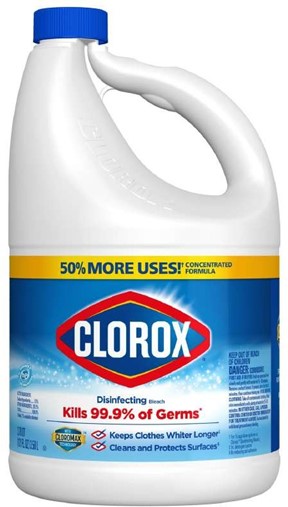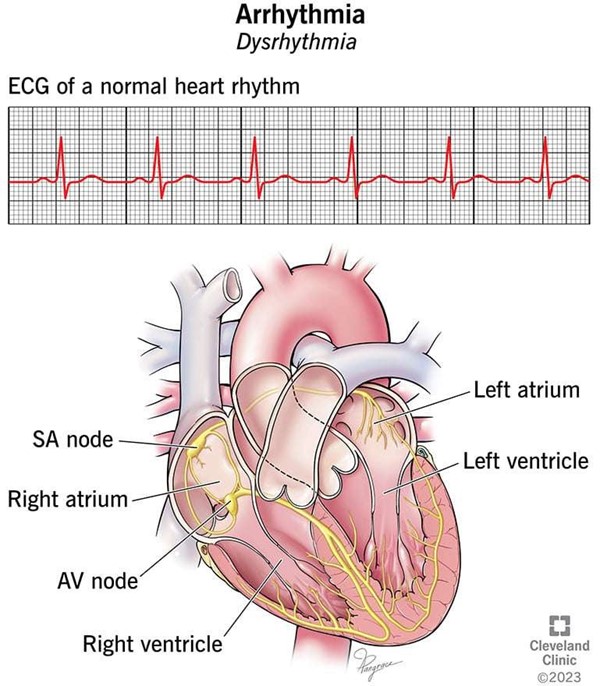A nurse is caring for a client who has a compound fracture of the femur.
Which of the following findings should the nurse report to the provider as a manifestation of a fat embolism?
Report of pain as 6 on a scale of 0 to 10.
Pulses 2+ distal to the client’s fracture.
Petechiae over the client’s chest.
Bruising around the fracture site.
The Correct Answer is C
This is a manifestation of a fat embolism, which is a condition where particles of fat get into the bloodstream and block blood flow. A fat embolism can occur after trauma or surgery to the legs, when fat from the bone marrow escapes into the bloodstream.
Choice A is wrong because a report of pain as 6 on a scale of 0 to 10 is not specific to a fat embolism.
Pain is a common symptom of many conditions and injuries.
Choice B is wrong because pulses 2+ distal to the client’s fracture are normal and indicate adequate blood flow to the extremity.
Choice D is wrong because bruising around the fracture site is an expected finding after a compound fracture and does not indicate a fat embolism.
Normal ranges for blood pressure are 90/60 mmHg to 120/80 mmHg and for heart rate are 60 to 100 beats per minute.
Petechiae are small red or purple spots on the skin caused by bleeding under the skin.
They can range in size from pinpoint to several millimeters. Fat embolism syndrome (FES) is a serious complication of a fat embolism that affects the lungs, skin or brain and can be fatal. FES usually occurs 12 to 72 hours after trauma.
Nursing Test Bank
Naxlex Comprehensive Predictor Exams
Related Questions
Correct Answer is D
Explanation
Bleach.

According to the CDC, bleach is an effective disinfectant for environmental surfaces contaminated with blood or body fluids from a person with AIDS or other bloodborne pathogens. Bleach can kill HIV and hepatitis viruses when used in a 1:10 dilution with water.
Choice A is wrong because isopropyl alcohol is not recommended for disinfecting environmental surfaces. It can evaporate quickly and may not have enough contact time to kill the pathogens.
Choice B is wrong because chlorhexidine is an antiseptic, not a disinfectant. It is used for skin cleansing or wound irrigation, but it is not effective against spores or non-enveloped viruses.
Choice C is wrong because hydrogen peroxide is a low-level disinfectant that can be inactivated by organic matter.
It is not suitable for disinfecting surfaces contaminated with blood or body fluids.
Correct Answer is D
Explanation
Dysrhythmia is an abnormal heart rhythm that can be a sign of severe lithium toxicity.

Lithium toxicity can occur when a person takes too much lithium, a mood- stabilizing medication used to treat bipolar disorder and major depressive disorder.
Choice A is wrong because hypoglycemia is not a symptom of lithium toxicity. Hypoglycemia is low blood sugar that can cause symptoms such as shakiness, sweating, hunger, and confusion.
Choice B is wrong because excess salivation is not a symptom of lithium toxicity. Excess salivation can be caused by various factors, such as infections, medications, or nerve damage.
Choice C is wrong because urinary retention is not a symptom of lithium toxicity. Urinary retention is the inability to empty the bladder completely, which can cause pain, discomfort, and infection. Lithium toxicity can actually cause increased urine output, not decreased.
Normal ranges for blood lithium levels are 0.6 to 1.2 mEq/L for maintenance therapy and 0.8 to 1.5 mEq/L for acute therapy. Levels above 1.5 mEq/L can cause mild to moderate toxicity, and levels above 2.0 mEq/L can cause severe toxicity. Levels above 3.0 mEq/L are considered a medical emergency.
Whether you are a student looking to ace your exams or a practicing nurse seeking to enhance your expertise , our nursing education contents will empower you with the confidence and competence to make a difference in the lives of patients and become a respected leader in the healthcare field.
Visit Naxlex, invest in your future and unlock endless possibilities with our unparalleled nursing education contents today
Report Wrong Answer on the Current Question
Do you disagree with the answer? If yes, what is your expected answer? Explain.
Kindly be descriptive with the issue you are facing.
